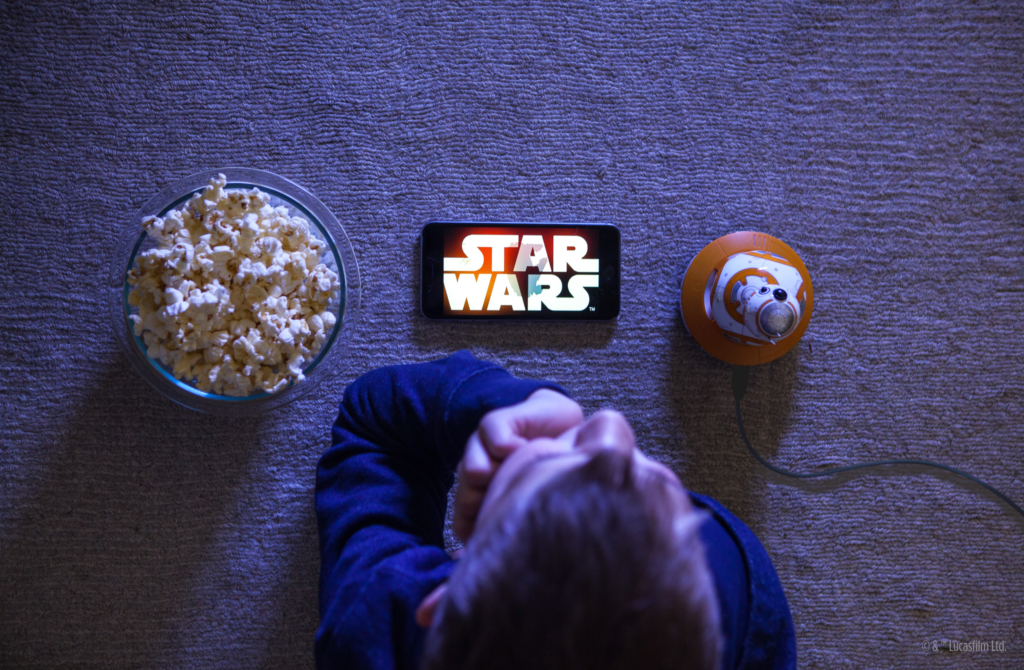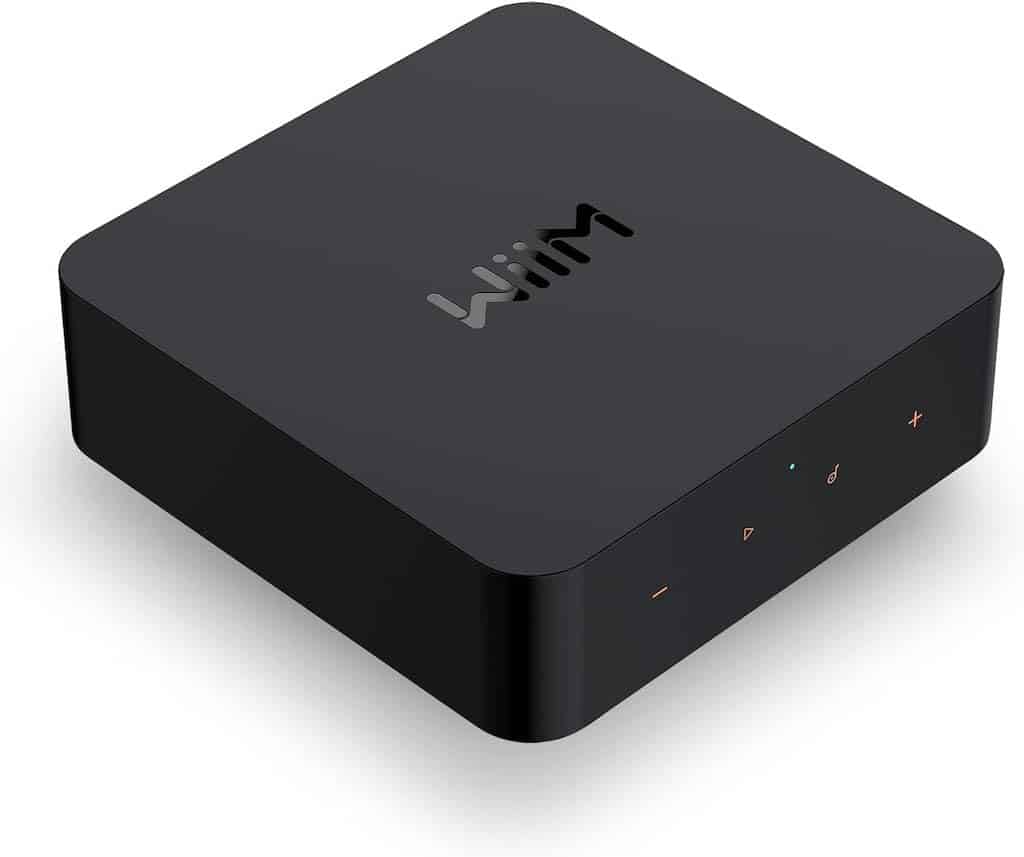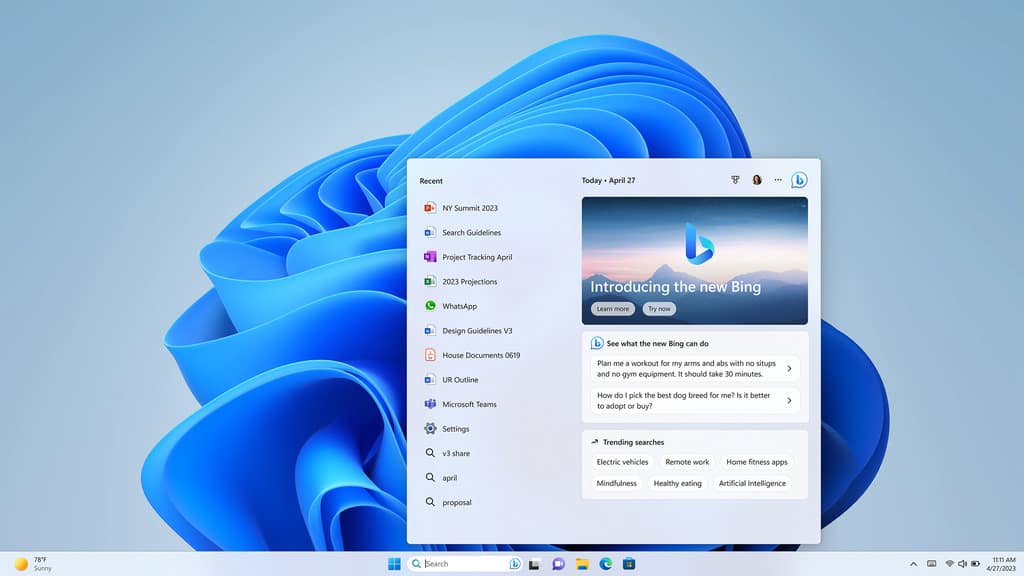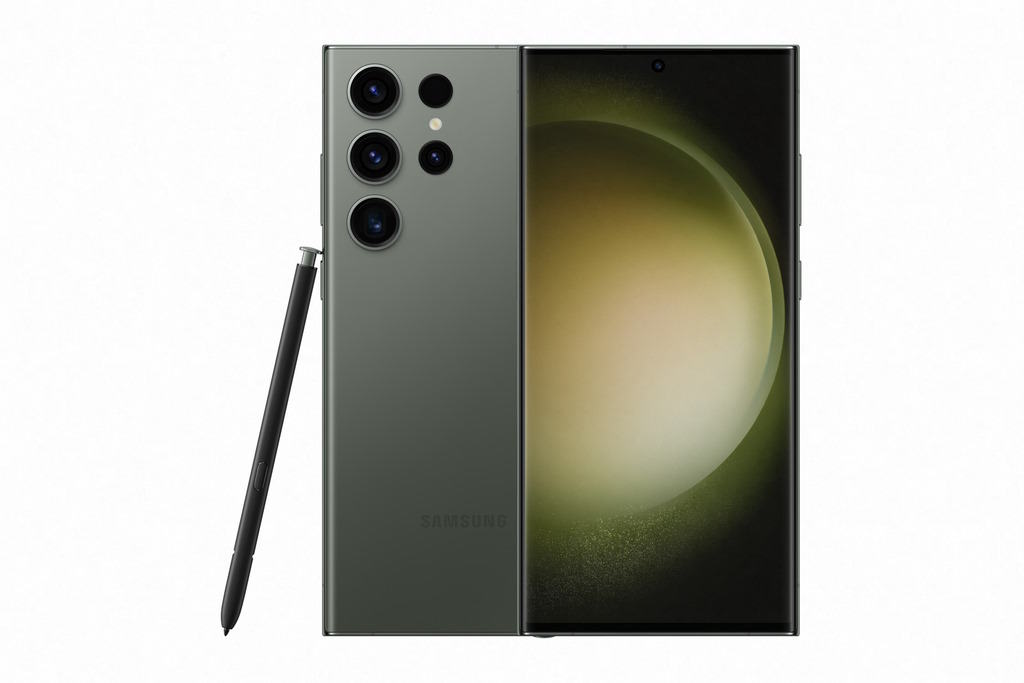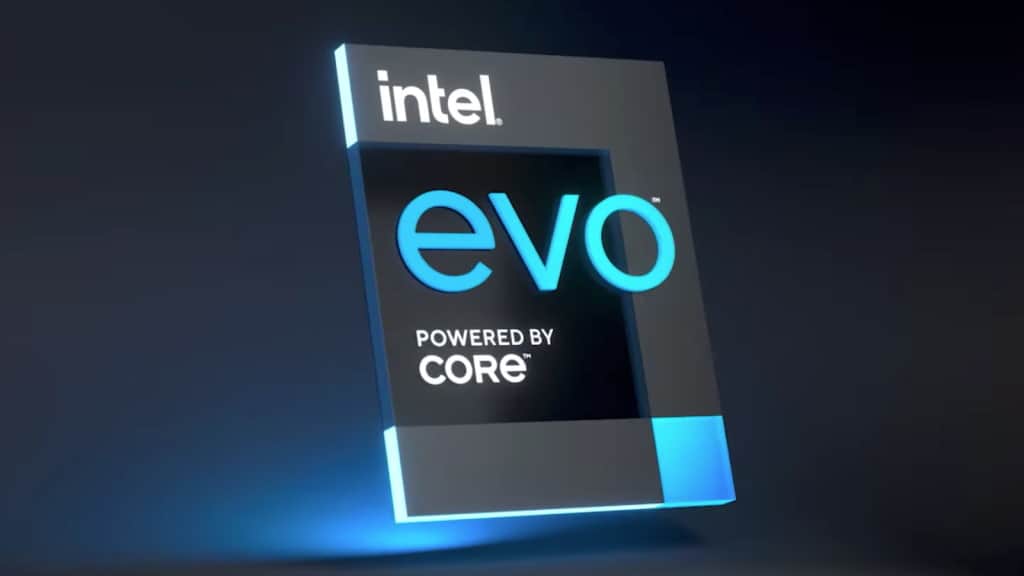PAT PILCHER rues the way data crunches through prepaid phones, and tries out the Data Clock, which measures use in time.
 A guaranteed universal constant is that you’ll burn through more mobile data than your mobile plan (or prepaid budget) allows you to use. It is both expensive and annoying as hell, but the good news is that changes are afoot that’ll make buying and using mobile data a whole lot simpler.
A guaranteed universal constant is that you’ll burn through more mobile data than your mobile plan (or prepaid budget) allows you to use. It is both expensive and annoying as hell, but the good news is that changes are afoot that’ll make buying and using mobile data a whole lot simpler.
Mobile data is a tricky little bastard. Many mobile apps use it a lot in the background, and keeping track of it can be a right bugger of a job. It’s not rocket science that we use so much of it though. The sheer convenience of having access to a fast internet connection when you’re out and about makes it addictive too. There’s little wonder so many of us sail close to our mobile data allowances.
None of this has escaped the attentions of 2degrees, the popular choice for heavy mobile data users thanks to their carry over data. This lets mobile users accumulate unused mobile data each month for up to 12 months, which is great for those who don’t use all their data. For those of us who do, things have been a little trickier – until now.
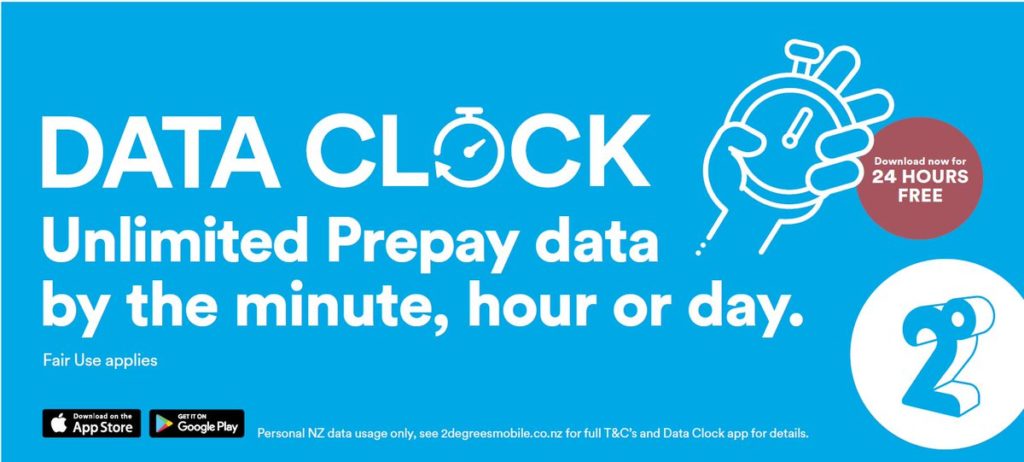 2degrees are now selling mobile data as chunks of time as well as the usual per MB, thanks to an app branded Data Clock. Downloadable from the app store, getting set up is a simple matter of installing the app and supplying it with your 2degrees account details.
2degrees are now selling mobile data as chunks of time as well as the usual per MB, thanks to an app branded Data Clock. Downloadable from the app store, getting set up is a simple matter of installing the app and supplying it with your 2degrees account details.
Using the app, pre-paid customers can purchase an amount of time where the only limit to the mobile data they can consume is the time they’ve purchased. Firing up Data Clock gave me the option of choosing five minutes of data, which cost 50 cents, while 10 minutes could be had for 60 cents, and an hour would cost $1.50. Options went all the way up to 24 hours for $6.
These prices are only indicative, as Data Clock pricing is dynamic. Buying chunks of time costs less during off-peak periods when less people are using the network, and more during peak periods when the network is congested.
 Some caveats also apply. For a start, the Data Clock app won’t allow users to tether their phones to PCs, nor will it allow a smartphone to be used as a Wi-Fi hotspot. Business use is also prohibited, (Data Clock’s terms and conditions say the app is for personal use only). There’s also a fair use clause intended to stop network overuse from impacting the wider mobile network and other 2degrees users.
Some caveats also apply. For a start, the Data Clock app won’t allow users to tether their phones to PCs, nor will it allow a smartphone to be used as a Wi-Fi hotspot. Business use is also prohibited, (Data Clock’s terms and conditions say the app is for personal use only). There’s also a fair use clause intended to stop network overuse from impacting the wider mobile network and other 2degrees users.
So, who is it aimed at? While it’s positioned as a sort of unlimited offering, the reality is that Data Clock will only dish up all the data you can consume for the allotted amount of time you’ve purchased. That said, it is a very handy app, as it’ll work with all 2degrees prepaid plans and is ideal for situations where you need to use a lot of data, but where your data allowance constraints normally make it a no-go proposition.
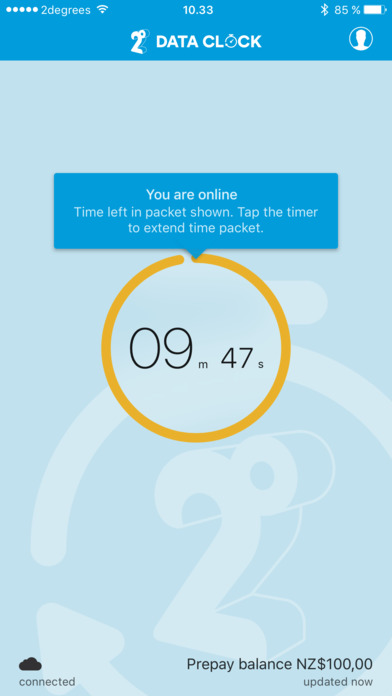 Knowing up-front that your use will cost you a specific amount makes things a lot less stressful. If you are running low on time, Data Clock can alert you, making it a near-seamless way to surf without wires or Wi-Fi (or depleted prepaid funds).
Knowing up-front that your use will cost you a specific amount makes things a lot less stressful. If you are running low on time, Data Clock can alert you, making it a near-seamless way to surf without wires or Wi-Fi (or depleted prepaid funds).



